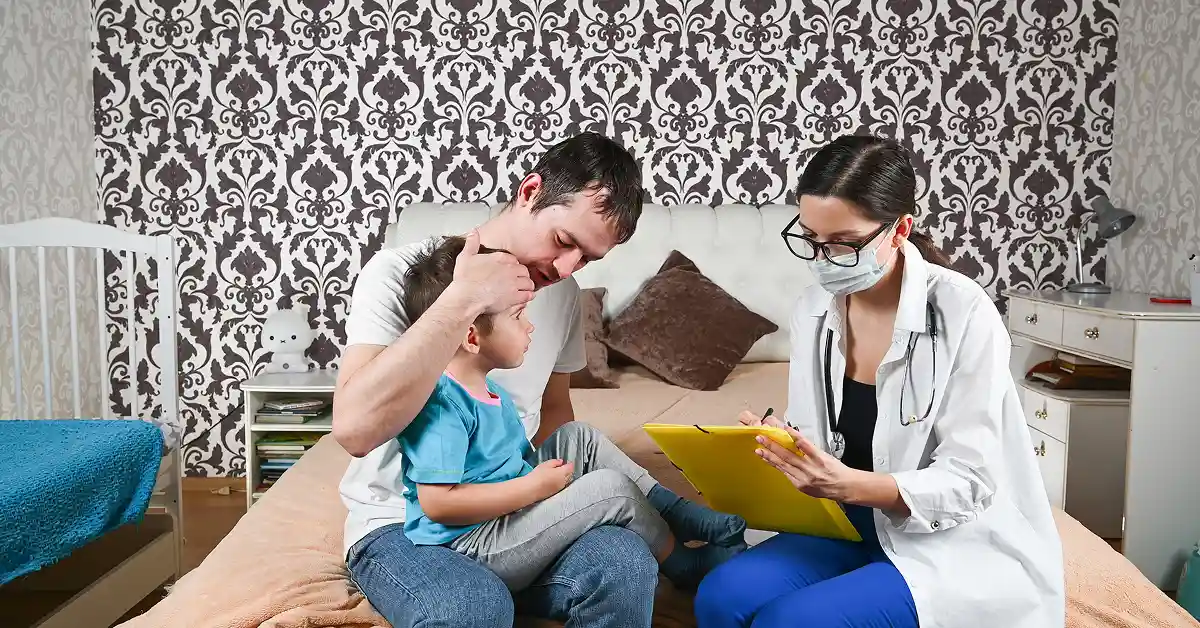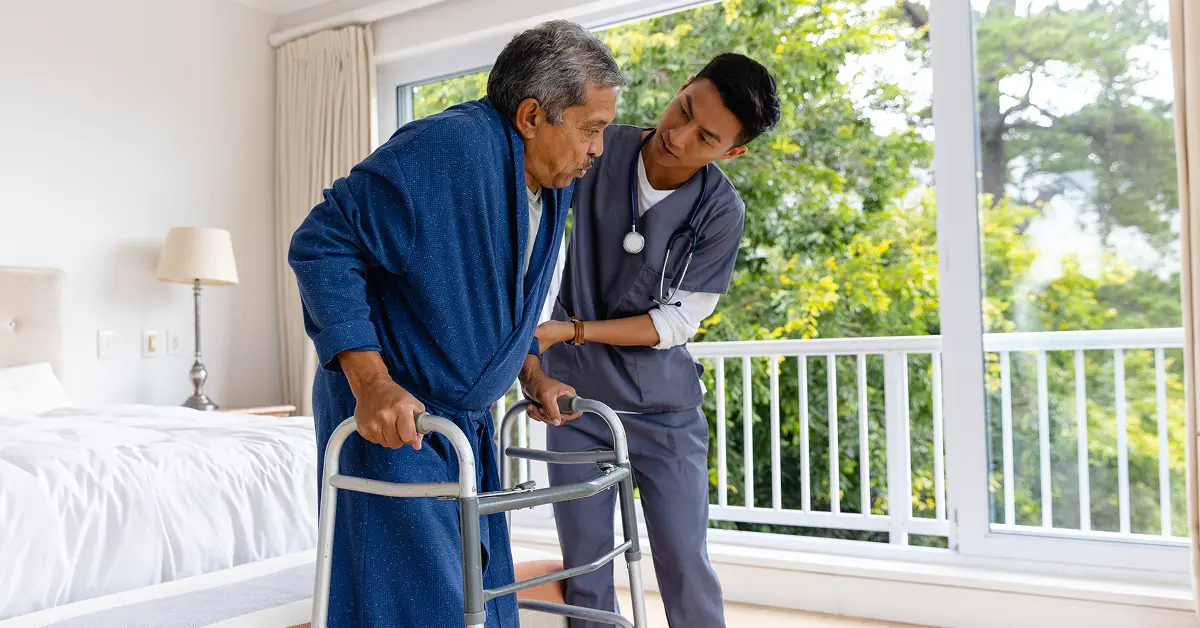When a loved one is discharged from the hospital, the journey to recovery doesn’t end—it transitions from clinical care to home-based support. Preparing your home in advance ensures a smooth and safe recovery environment, reducing the risk of complications or readmission. Whether your patient is recovering from surgery, an illness, or a chronic condition, every detail matters. In this guide, we’ll explore how Indian families can create a clean, accessible, and comforting space for Hospital Discharge
Understand the Discharge Plan Thoroughly
Before setting up your home, consult the hospital team to understand the patient’s medical needs, mobility restrictions, dietary instructions, and follow-up care schedule. Keep a checklist of:
- Medications and their timings
- Wound care (if needed)
- Mobility limitations and equipment (walker, wheelchair)
- Dietary preferences and restrictions
- Doctor and nurse visit schedules
This information will guide how to arrange the home space effectively.
Choose the Right Room for Recovery
Select a room on the ground floor to avoid stairs, preferably near the bathroom. The room should be well-ventilated, quiet, and have enough natural light. If air conditioning is needed, ensure it’s not too cold for the patient. Add a calling bell or an intercom system for emergencies.
Prepare the Patient Bed Setup
A hospital-type adjustable bed is ideal, but a sturdy, flat bed with a comfortable mattress also works. Add supportive pillows and side railings for safety. Keep essentials like:
- Water bottle or sipper
- Hand sanitizer
- Medicine organiser
- Tissue box
- Mobile phone with charger
- Bedpan or urinal if needed
Ensure bed sheets are fresh and changed regularly for hygiene.
Make the Home Safe and Accessible
Post-discharge patients are often weak or recovering from mobility limitations. Safety is crucial. Take the following precautions:
- Remove rugs or loose carpets to prevent falls
- Install grab bars in the bathroom and near the toilet
- Use anti-skid mats in bathrooms
- Ensure adequate lighting in all areas, especially at night
- Keep pathways clear of obstacles like furniture or wires
Organise Medications and Medical Supplies
Create a dedicated shelf or table for all medical needs. Use labelled containers or boxes. Maintain a daily logbook for medication timing, vitals like blood pressure or sugar levels, and any unusual symptoms. In India, where household members may rotate care duties, this logbook ensures consistent care.
Maintain Cleanliness and Hygiene
Infection prevention is key to healing. Deep clean the room and bathroom before the patient arrives. Disinfect frequently touched surfaces daily. Ensure handwashing facilities are nearby. Limit the number of visitors and ask them to wear masks if the patient has a weak immune system.
Focus on Nutrition and Diet
Diet plays a critical role in healing. Prepare soft, home-cooked meals as per the doctor’s advice. Use less oil and spices. Include protein-rich foods like moong dal, eggs, paneer, and curd unless restricted. Keep small meals ready to avoid digestion issues. A thermos can help store warm soups or water for easy access.
Create a Comforting Environment
Healing is not just physical—it’s emotional too. Decorate the room with photos, indoor plants, or soft lighting. Add a TV, books, or radio to keep the patient entertained. Encourage positivity with regular conversations, music, or gentle prayers, as commonly practiced in Indian households.
Plan for Caregiver Support
Depending on the condition, the patient may need assistance with feeding, bathing, or movement. Arrange a trained caregiver if family members are unavailable during the day. Many Indian cities now have reliable home nursing services. You can also rotate duties among trusted family members, but ensure everyone understands the patient’s needs.
Be Prepared for Emergencies
Keep emergency contact numbers like the family doctor, ambulance service, and nearby hospitals handy. Install a backup power system if you use oxygen concentrators or electronic medical devices. Store the patient’s hospital discharge summary in an easily accessible place.
Emotional Support and Patience
Post-discharge recovery can be mentally draining for the patient. Some may feel anxious or depressed. Be patient, provide regular encouragement, and involve them in light daily decisions to give a sense of control. If needed, consult a psychologist for counselling support.
Conclusion
Preparing your home for a patient post-discharge is a combination of medical planning, physical setup, and emotional care. Indian families are known for their warmth and involvement, which can make recovery faster and more effective. With a little foresight and coordinated effort, your home can transform into a healing space that supports your loved one’s smooth and stress-free return to normalcy.
Contents
- Understand the Discharge Plan Thoroughly
- Choose the Right Room for Recovery
- Prepare the Patient Bed Setup
- Make the Home Safe and Accessible
- Organise Medications and Medical Supplies
- Maintain Cleanliness and Hygiene
- Focus on Nutrition and Diet
- Create a Comforting Environment
- Plan for Caregiver Support
- Be Prepared for Emergencies
- Emotional Support and Patience
- Conclusion
Our 24*7 services
Latest Posts
- What Is Respite Care and Why Is It Important
- Affordable home care for senior citizens in India
- Caring for Seniors with Dementia or Alzheimer's at Home
- Senior Caregiving A Guide for Every Family
- How to Write a Caregiver Resume That Gets You Hired
- How Care After Hospital Discharge Speeds Up Recovery at Home
- How to Get Home Health Care for Seniors Through Medicare
- What Does a Senior Citizen Caregiver Really Do at Home
- How to Care for Elderly Parents with Alzheimer’s or Dementia
- How to Get 24-Hour Care for Seniors at Home



